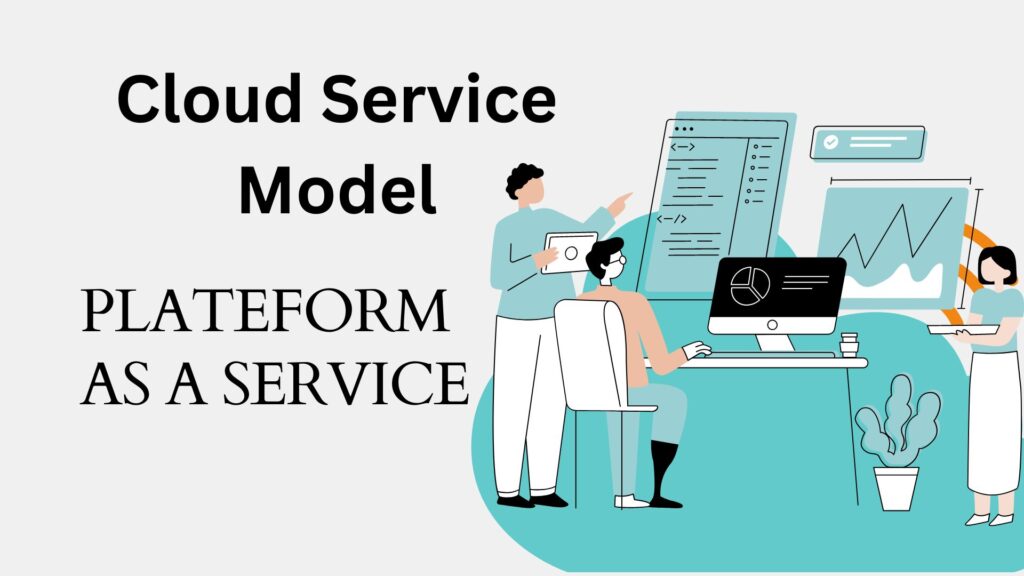Platform as a Service (PaaS)

Platform as a Service (PaaS) is a cloud computing service model that provides a platform allowing customers to develop, run, and manage applications without the complexity of building and maintaining the underlying infrastructure typically associated with developing and launching an application. Here are the full details about PaaS.
Table of Contents
Introduction
PaaS is a category of cloud computing services that offer a platform allowing customers to develop, run, and manage applications without the need to manage the infrastructure.
Key Features
- Development Tools: PaaS provides tools and capabilities for application design, development, testing, and deployment.
- Middleware: PaaS includes middleware services such as database management, messaging, and other tools to support application development.
- Scalability: PaaS platforms offer scalability options to scale resources up or down based on application demands.
- Operating System and Runtime Environment: PaaS provides an environment with the necessary operating system, runtime libraries, and frameworks for running applications.
- Monitoring and Management: PaaS platforms often include monitoring, logging, and management tools to help developers track application performance and troubleshoot issues.
Benefits
- Cost-Effective: PaaS eliminates the need to purchase and manage underlying hardware and software, reducing costs.
- Faster Time to Market: Developers can quickly deploy applications without worrying about infrastructure setup, leading to faster time-to-market.
- Scalability: PaaS platforms offer easy scalability options to handle fluctuations in traffic or demand.
- Focus on Development: Developers can focus more on application development rather than infrastructure management.
Examples of PaaS Providers
Some popular IaaS providers are given below-
- Microsoft Azure App Service
- Google App Engine
- Amazon Web Services (AWS) Elastic Beanstalk
- Heroku
- IBM Cloud Foundry
Uses of PaaS
- Web Applications: PaaS is often used for developing and hosting web applications.
- Mobile Applications: PaaS platforms provide tools for developing and deploying mobile applications.
- API Development: PaaS can be used to develop and manage APIs for integration with other applications.
Deployment Models
- Public PaaS: Public PaaS is hosted in the cloud and is available to the general public over the internet. Users can access the platform and services on a pay-per-use or subscription basis.
- Private PaaS: Private PaaS is hosted within an organization’s own infrastructure or in a private cloud environment. It offers more control and customization but requires the organization to manage the infrastructure.
- Hybrid PaaS: Hybrid PaaS combines elements of both public and private PaaS, allowing organizations to deploy applications across multiple environments to meet specific requirements.
Security
- PaaS providers typically offer security features such as data encryption, access controls, authentication mechanisms, and compliance certifications to ensure the protection of applications and data.
- Users should also implement their own security measures, such as regular security audits, secure coding practices, and proper capabilities with other cloud services, databases, third-party APIs, and tools to streamline development and enhance application functionality.
- Developers can leverage pre-built connectors, APIs, and services offered by PaaS providers to easily integrate different components into their applications.
Maintenance and Support:
- PaaS providers are responsible for maintaining the underlying infrastructure, ensuring system updates, managing security patches, and providing technical support to customers.
- Users can rely on the service provider for maintaining a reliable and secure platform, allowing them to focus on application development and innovation.
Future Trends:
- Serverless Computing: PaaS is evolving towards serverless computing models, where developers can run code without provisioning or managing servers, further abstracting infrastructure complexities.
- AI and ML Integration: PaaS providers are incorporating artificial intelligence (AI) and machine learning (ML) capabilities into their platforms to enhance application development, analytics, and automation.
- Edge Computing: PaaS is extending its reach to edge computing environments, enabling developers to deploy applications closer to end-users for low latency and improved performance.
In conclusion, Platform as a Service (PaaS) is a powerful cloud computing model that empowers developers to build, deploy, and manage applications efficiently, without the overhead of infrastructure management. With its scalability, flexibility, and diverse features, PaaS is driving innovation and transforming the way applications are developed and delivered in the digital era.
In summary, PaaS provides a comprehensive platform for developers to build, deploy, and manage applications in the cloud without the overhead of managing infrastructure, allowing for faster development cycles and increased efficiency.
